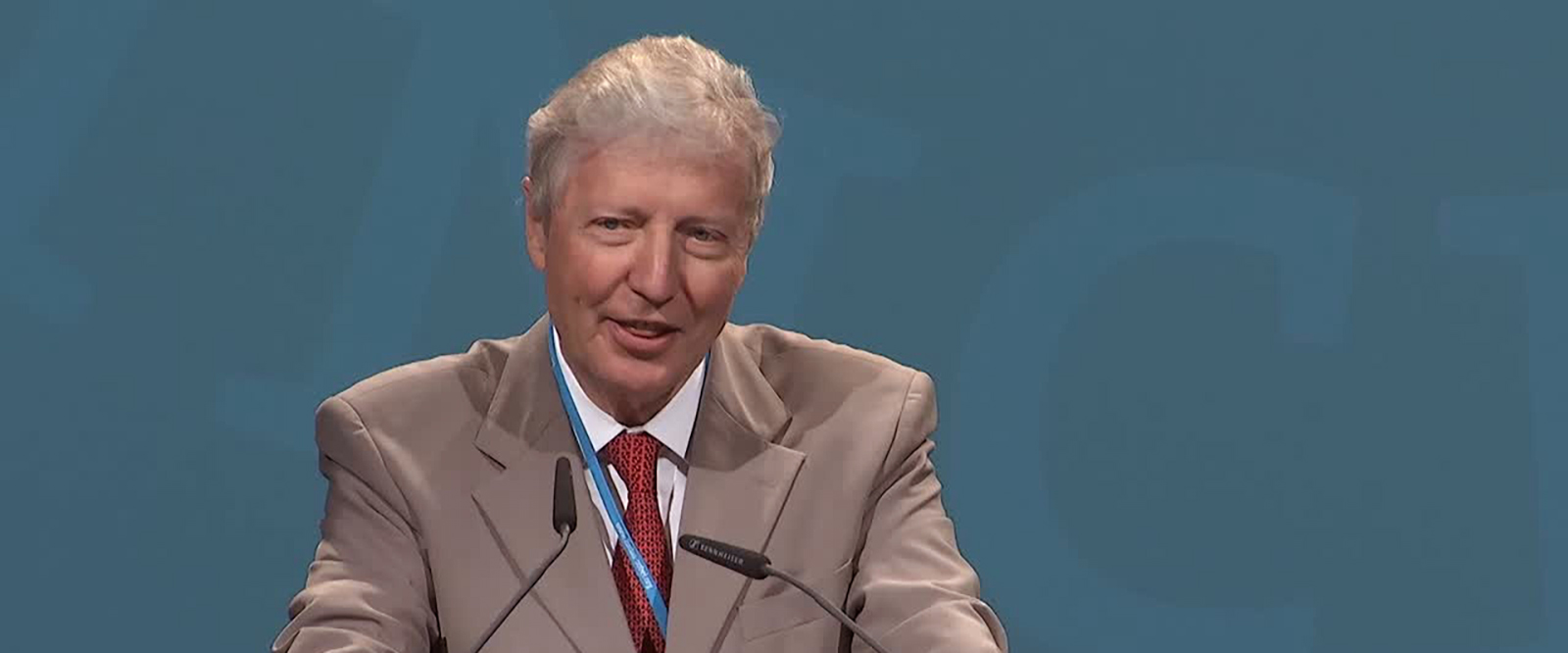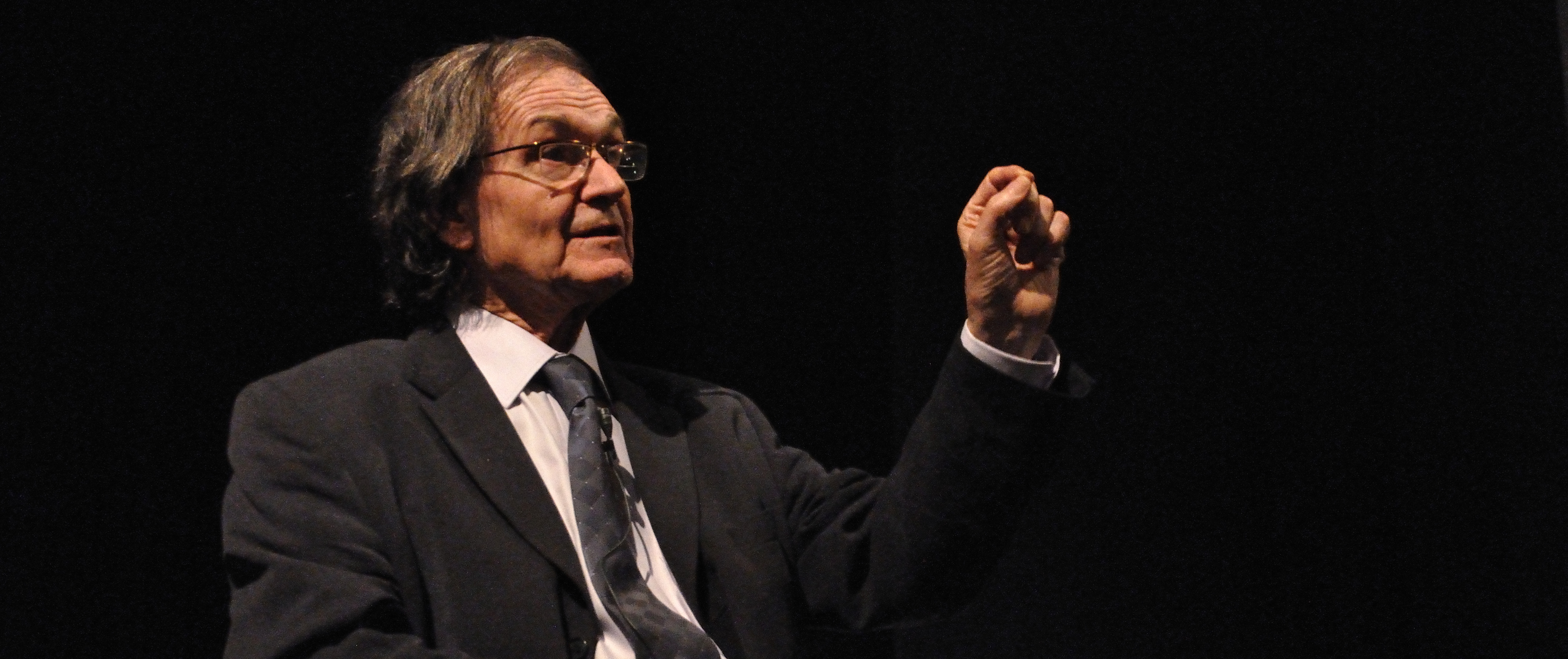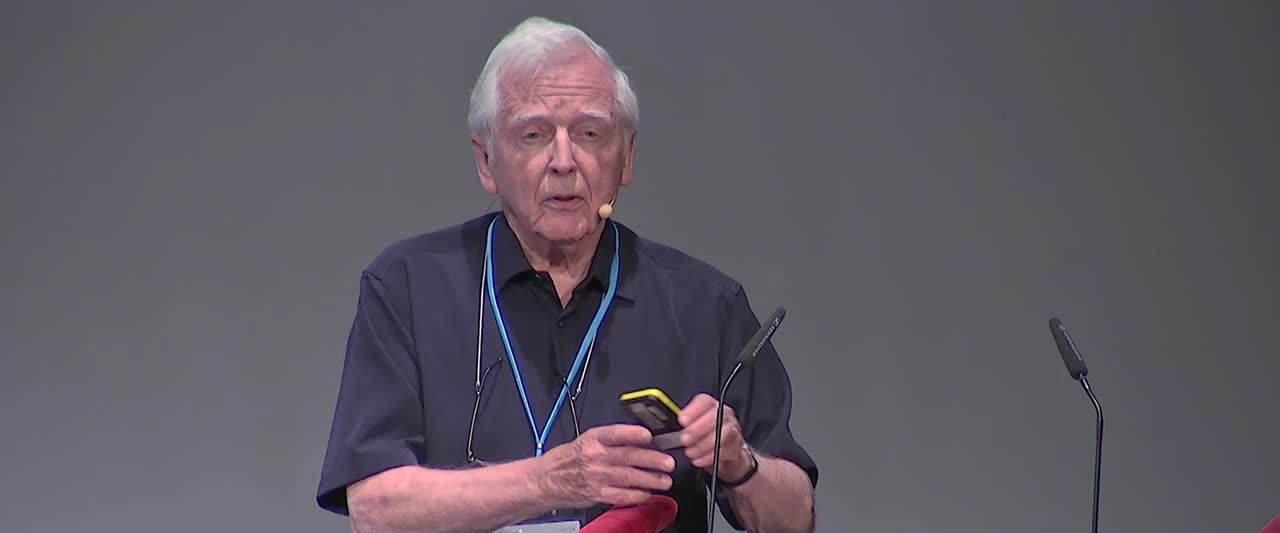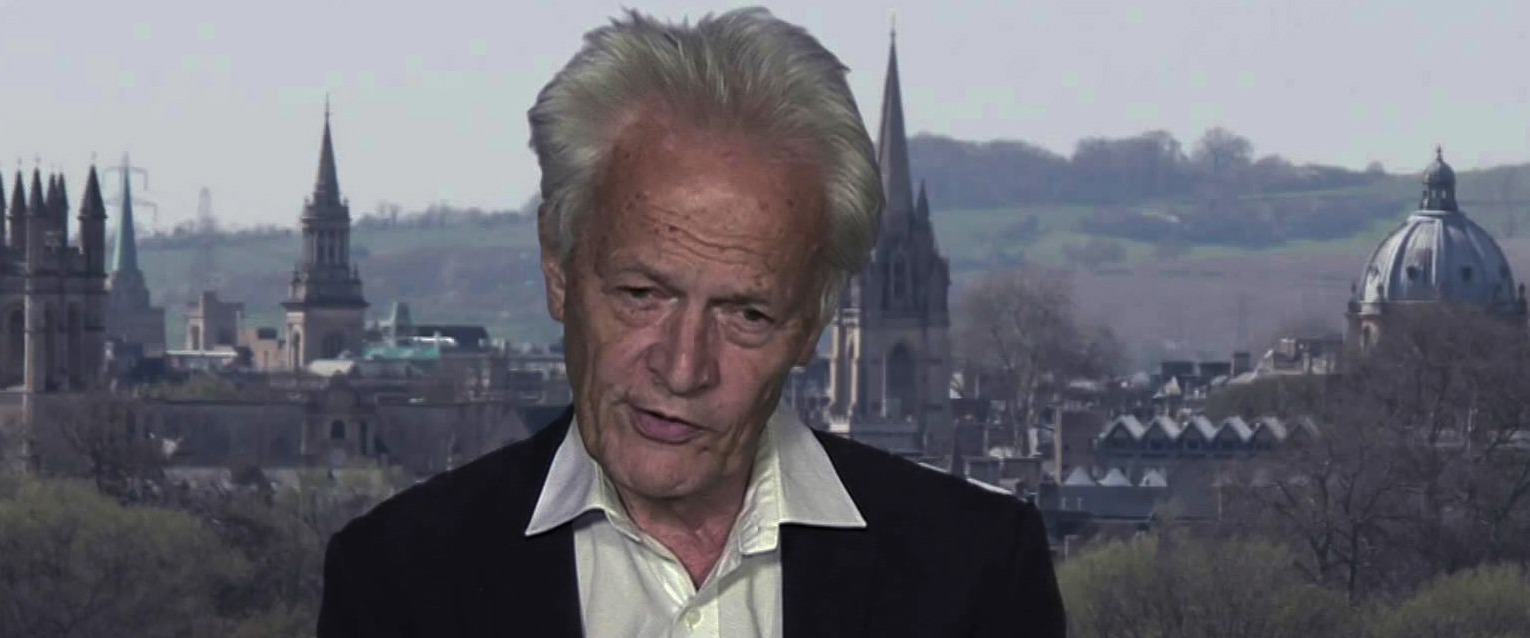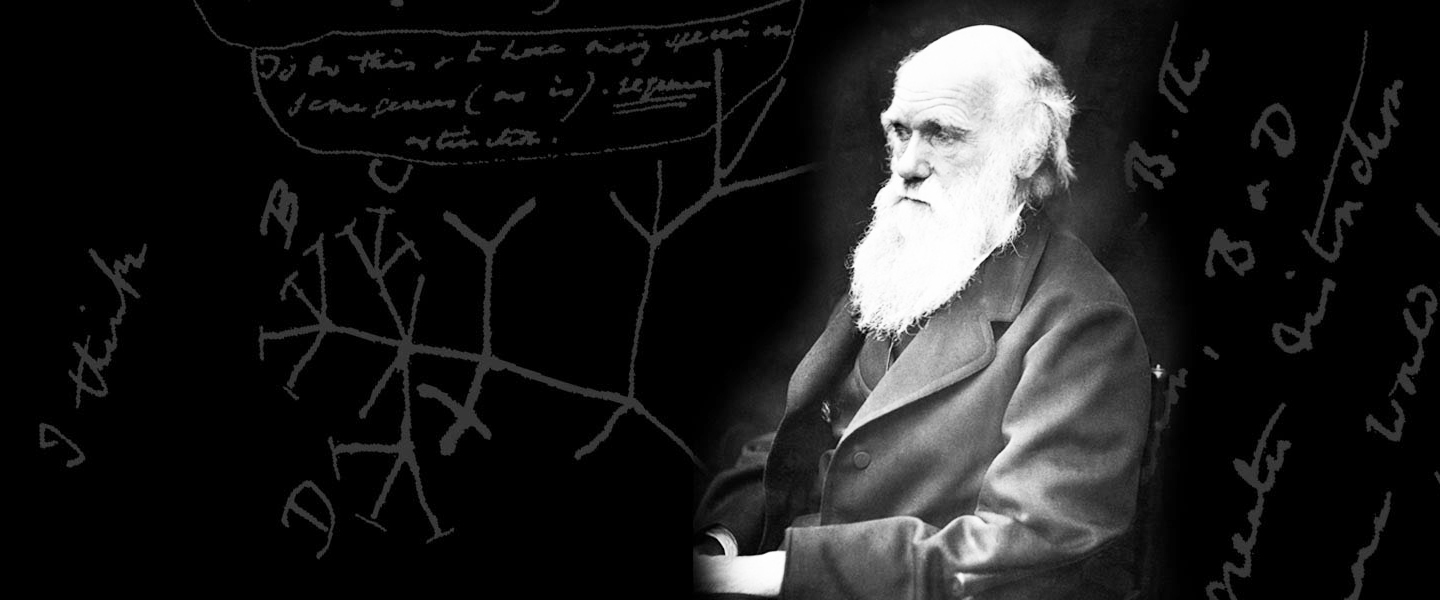20 January 2022.
Roger Penrose, Wadham College and Institute of Mathematics, University of Oxford
At 6.00 pm on 20th January 2022 English mathematician and Nobel laureate Sir Roger Penrose will give a lecture entitled: From Black-Hole Singularities toCyclic Cosmology. The lecture will be online and is accessible through this link.
Sir Roger Penrose, a member of Wadham College and the Institute of Mathematics at the University of Oxford, has made fundamental contributions to mathematcs and physics through his work on black holes and developed a new and attractive theory on the origin of the universe. He has written extensively and reached out to the lay public with a number of books including: The emperor's new mind (1989), The nature of space and time (with S Hawking, 1996), The road to reality (2004) and Cycles of time (2010). The poster of the lecture can be downloaded here. A short biography of Sir Roger's and a synopsis of the lecture are available below.
Biography
Sir Roger Penrose, was born in England, in Colchester, August 8, 1931. He studied Mathematics at University College London (BSc) and at the University of Cambridge where he was awarded a PhD degree in Pure Mathematics for his work in algebra and geometry and where he carried out further research after his PhD as a Research Fellow of St John's College.
In 1964 Sir Roger was appointed as a Reader at Birkbeck College, London and two years later he was promoted to Professor of Applied Mathematics there. In 1973 he was appointed Rouse Ball Professor of Mathematics at the University of Oxford where he is currently the Emeritus Rouse Ball Professor of Mathematics.
His research interests include many aspects of geometry, having made contributions to the theory of non-periodic tilings, general relativity theory and to the foundations of quantum theory.
Sir Roger was elected a Fellow of the Royal Society of London (1972) and a Foreign Associate of the United States National Academy of Sciences (1998). He has received numerous Prizes for his contributions to Mathematics and Physics including the Wolf Foundation Prize for Physics (jointly with Stephen Hawking for their studies of the universe); the Dannie Heinemann Prize from the American Physical Society and the American Institute of Physics; the Royal Society Royal Medal; the Dirac Medal and Medal of the British Institute of Physics; the Eddington Medal of the Royal Astronomical Society; the Naylor Prize of the London Mathematical Society; the Albert Einstein Prize and Medal of the Albert Einstein Society; the 2006 Communications Award of the Joint Policy Board for Mathematics (JPBM) in the US and the Nobel Prize for Physics in 2020.
Synopsis
The “singularity theorems” of the 1960s, demonstrated that large enough celestial bodies, or collections of such bodies, would, collapse gravitationally, to what are referred to as “singularities”, where the equations and assumptions of Einstein’s classical theory of general relativity cannot be mathematically continued. These singularities are normally expected to lie deep within what are now referred to as black holes, and would, themselves, not be observable from the outside. Nevertheless, their presence is regarded as fundamentally problematic for classical physics and it is argued that a quantum theory of gravity would be needed to resolve the issue.
Similar arguments (initiated by Stephen Hawking) apply also the “Big-Bang” picture of the origin of the universe, showing, again, the inevitability of a “singular” structure of such an initial state. However, a puzzling yet fundamental distinction between these two types of singularity is found, deeply connected with the 2nd law of thermodynamics, according which the “randomness” in the universe increases with time. It is hard to see how any ordinary procedures of “quantization” of the gravitational field can resolve this problem,
Nevertheless, a deeper understanding of the special nature of the Big Bang can be illuminated by examining it from the perspective of conformal geometry, according to which the Big-Bang singularity becomes non-singular, this being quite different from the situation arising from the singularities in black holes. In conformal geometry, big and small become equivalent, which can only hold for a singularity of the type we seem to find at the Big Bang. This situation is also relevant in relating the extremely hot and dense Big Bang to the extremely cold and rarefied remote future of a previous “cosmic aeon”, leading to the picture of conformal cyclic cosmology (CCC) according to which our Big Bang is viewed as the conformally continued remote future of a previous cosmic aeon. It turns out that there are now certain strong observational signals, providing some remarkable support for this highly non-intuitive but mathematically consistent CCC picture.
Image
A computer model of a black hole. Courtesy of https://www.shutterstock.com/images.
